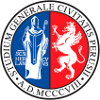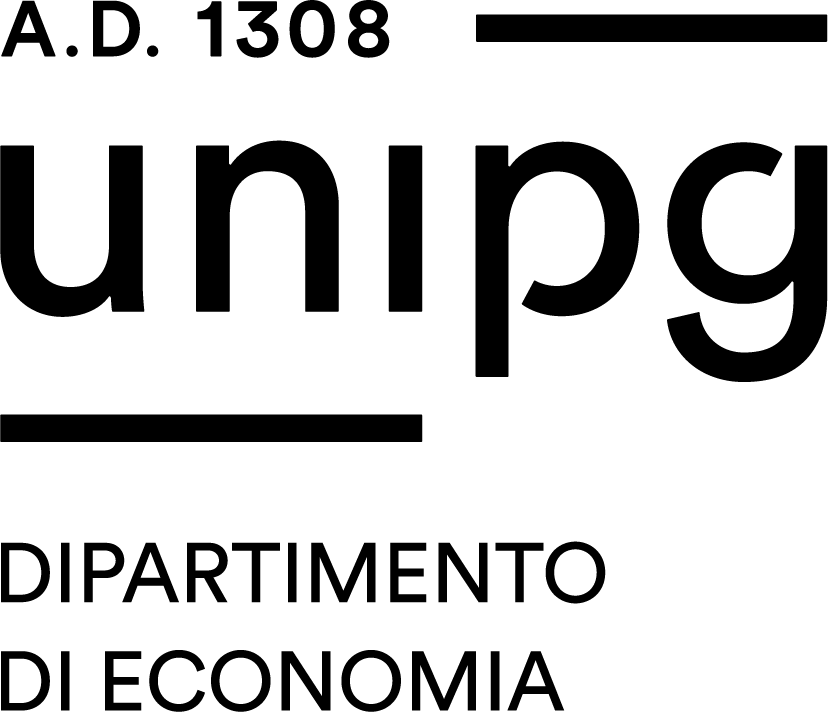Study-unit MECHANICS OF MASONRY STRUCTURES AND SEISMIC VULNERABILITY
| Course name | Safety engineering for the territory and the built environment |
|---|---|
| Study-unit Code | A001574 |
| Curriculum | Costruito |
| Lecturer | Antonio Borri |
| Lecturers |
|
| Hours |
|
| CFU | 5 |
| Course Regulation | Coorte 2022 |
| Supplied | 2022/23 |
| Supplied other course regulation | |
| Learning activities | Caratterizzante |
| Area | Ingegneria della sicurezza e protezione civile, ambientale e del territorio |
| Sector | ICAR/08 |
| Type of study-unit | Obbligatorio (Required) |
| Type of learning activities | Attività formativa monodisciplinare |
| Language of instruction | Italian |
| Contents | Defining characteristics of the material wall. Diagnostic process in the path by the expression of static instability, determination of the disturbing causes that led to these failures.The importance of types of masonry in the seismic behavior of buildings. The diagnostic process as a series of investigations leading to the formulation of a diagnosis: history, physical examination, investigations with instruments. |
| Reference texts | Mastrodicasa Sisto - Dissesti statici delle strutture edilizie – Ed. Hoepli N. Augenti, F. Parisi - Teoria e Tecnica delle Teaching material and specific references provided by the teacher. |
| Educational objectives | To provide the tools needed to trace the causes that have a certain damage in building structures, through a diagnostic procedure. Evaluate possible intervention strategies. |
| Prerequisites | Basic knowledge on the behavior of masonry structures is required. |
| Teaching methods | E-learning |
| Other information | |
| Learning verification modality | The assessment of Structural Diagnostic module requires a written exams lasting two hours on topics of diagnosis and therapy of the upheavals of the structures. |
| Extended program | Diagnostic process in the path by the expression of static instability, determination of the disturbing causes that led to these failures. Key events of static and dynamic instability: foundation failure, crushing, flexion, pushing and seismic action, depression of horizontal structures. Engineering approach to the study of damaged masonry. Monitoring progression of cracking and deformation techniques with traditional and contemporary methods. The importance of types of masonry in the seismic behavior of buildings. Methods of assessing the quality of mansory walls, estimate levels of knowledge and confidence factors for masonry. Consolidation and repair of building and monuments. Analysis of instability: case studies. |


